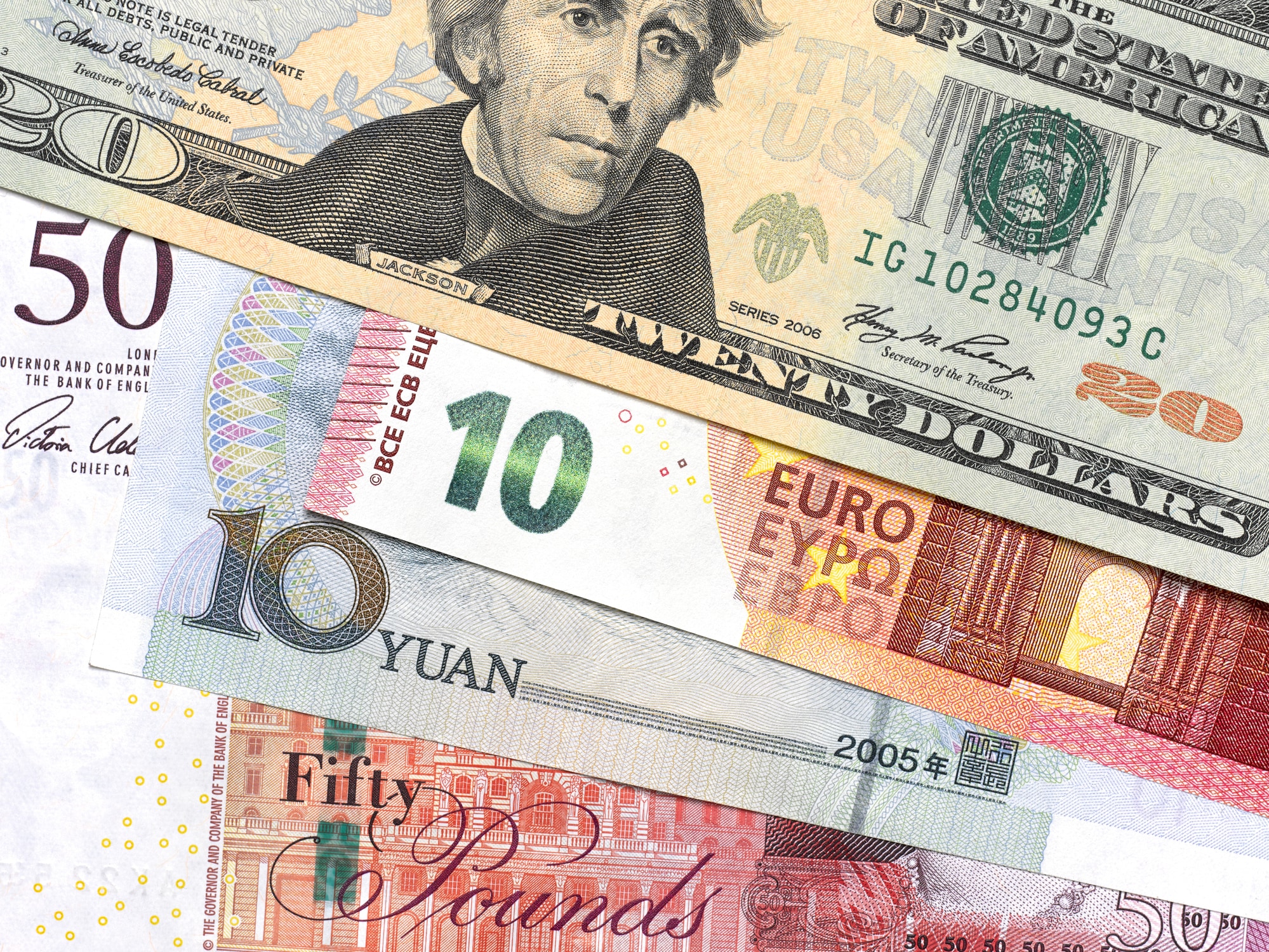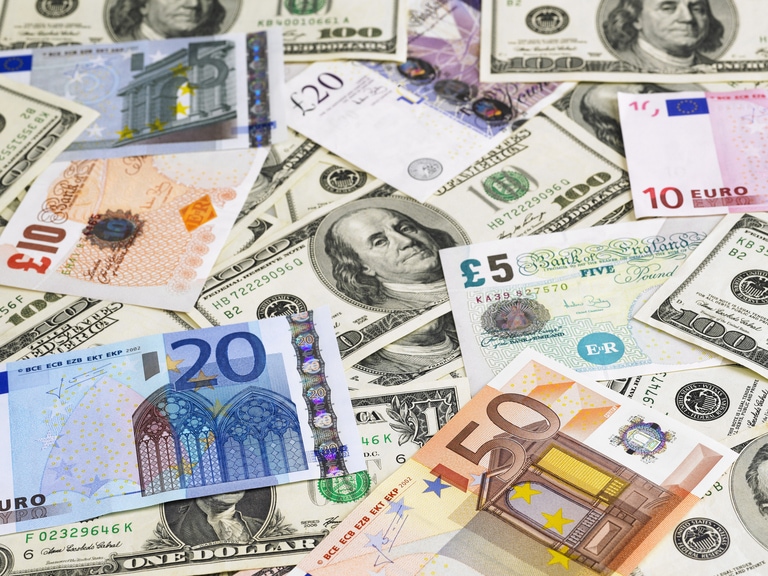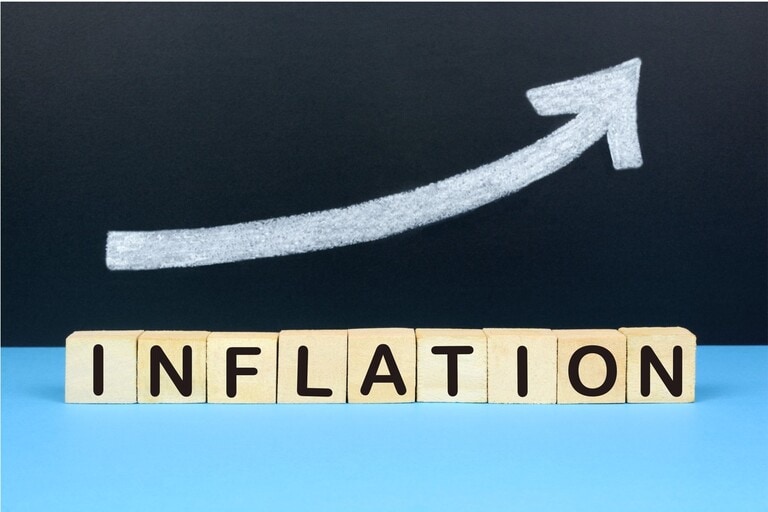European and US stock markets have seen a significant shift in sentiment over the past few days. Rising bond yields, driven by hawkish central banks, have prompted investors to reassess the global economic outlook when it comes to valuations and growth.
While European markets saw their biggest weekly loss since March, US markets also took a tumble, albeit the first one in eight weeks, as a succession of central banks pledged that they had significantly further to go in raising rates. Bond markets also started to flash warning signs, with yield curves becoming more inverted by the day, whether they be France, Germany or the UK.
Friday’s weak finish hasn’t translated into a strongly negative vibe as we start a new week for Asia markets, even allowing for events in Russia at the weekend, which aren’t likely to have helped the prevailing mood, with the US dollar slightly softer this morning after getting a haven bid at the end of last week.
With economic data continuing to show varying signs of vulnerability, particularly in manufacturing, the situation could have got even spicier over the weekend when Wagner Group boss Yevgeny Prigozhin set his troops on the road to Moscow in an insurrection against the Kremlin, and Russia president Vladimir Putin. As it turns out a crisis was quickly averted when it was announced that Prigozhin would go into exile in Belarus, with any charges against him dropped, and Wagner troops would return to their bases.
One can only imagine the reaction if that news had broken if markets had been open at the time, however it only adds to the general uncertainty surrounding the war in Ukraine and how quickly things can start to unravel. This weekend’s events also serve to indicate how fragile Vladimir Putin’s position is, given that one of his most trusted advisors suddenly went rogue.
As we look ahead to the final week of June and the end of the quarter as well as the first half of the year, we can reflect to some extent that markets have held up rather well when all things are considered. They have been helped by the sharp falls in energy prices back to pre-Russian invasion of Ukraine levels, as well as the low levels of unemployment which have served to keep demand reasonably resilient.
The elephant in the room has been the stickiness of core inflation as well as signs that demand is starting to falter, and this week we could get further confirmation of that trend. Today we get the latest Germany IFO business climate survey for June, which if last week’s flash PMI numbers are any guide, could well show that confidence among German business is faltering, with expectations of a slowdown to 90.6, from 91.7.
We also get flash CPI inflation numbers from Germany, France and the EU, where headline prices are likely to show further signs of softening, with core prices set to remain sticky. At around the same time we get the latest PCE inflation numbers from the US for May. These are likely to be important in the context of the Federal Reserve’s stated intention to raise interest rates at least twice more before the end of the year. In April, the core PCE deflator edged up from 4.6% to 4.7%, an area it has barely deviated from since November last year. You would have thought that even with the long lags seen from recent rate hikes they would start to have an impact on core prices. This perhaps explains why central banks are being so cautious, even as PPI prices are plunging and CPI appears to be following.
EUR/USD – pushed briefly back above the 1.1000 level yesterday before slipping back, with the main resistance at the April highs at 1.1095. This remains the next target while above the 50-day SMA at 1.0870/80 which should act as support. Below 1.0850 signals a move towards 1.0780.
GBP/USD – currently holding above the lows of last week, and support at the 1.2680/90 area. Below 1.2670 could see a move towards the 50-day SMA. Still on course for a move towards the 1.3000 area but needs to clear 1.2850.
EUR/GBP – failed to rebound above the 0.8630/40 area last week. The main support is at last week’s low at the 0.8515/20 area. A move through 0.8640 could see a move towards 0.8680. While below the 0.8630 area the bias remains for a return to the recent lows.
USD/JPY – has finally moved above the 142.50 area, which is 61.8% retracement of the 151.95/127.20 down move, as it looks to close in on the 145.00 area. This now becomes support, with further support at 140.20/30.






